Helen Hastwell fondly remembers the days she worked as a “Statue? Girl” connecting calls in regional South Australia to bring people closer together.
“We’d put a plug in and answer our call and we either dialled the number for them or we connected it to another exchange,” she said.
While telephonists around the world were broadly known as “Hello Girls”, Ms Hastwell and her colleagues adopted their unique name from the manual telephone exchange’s users.
“When the [exchange] operator answered, the people couldn’t understand how a voice could come out of a machine or contraption,” she said.
“They used to say ‘statue? Statue?’ And if you say it slowly it’s ‘is that you?’
“That’s how we got our name.”
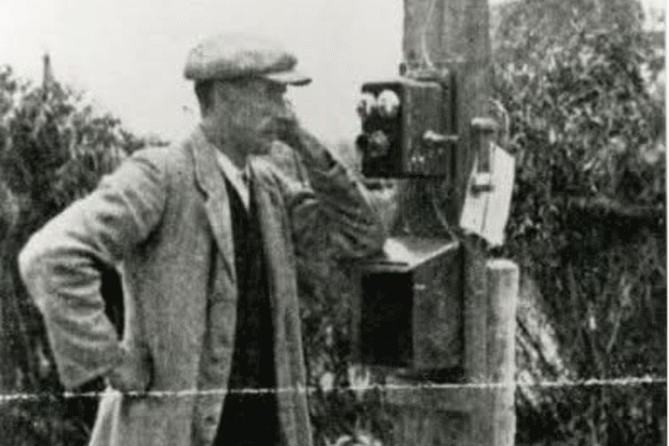
According to the Berri Barmera Local Heritage Collection the first telephone subscribers connected in the Riverland region were in Renmark and Berri in the early 1910s.
By 1927 most people in the district were connected to a telephone service and calls were primarily patched through by the women of the area.
Information compiled from the local collection showed young men were widely considered not suitable to work the exchanges because it was thought they liked to “rough house” and not be as efficient.
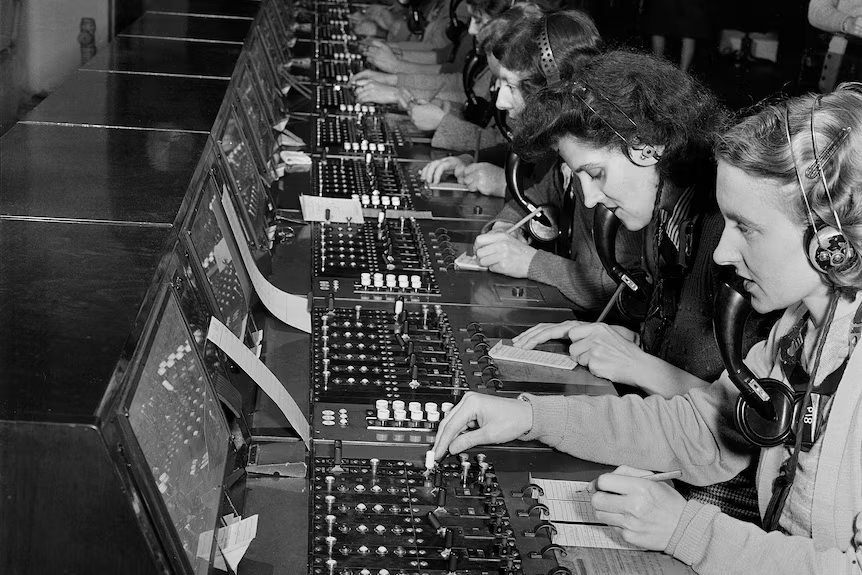
Listeners of ABC Radio’s Regional Drive SA shared their memories of telephone exchanges during the era.
“I started at Loxton Post Office in 1956. Loved my job. All switchboard girls would have stories and certain subscribers. Those party lines?!”
“My dad lived in a country town in western Victoria and the party line on a Saturday night, and gossip, was a real thing.”
“I started work in December 1972 in the Hallett Telephone Exchange, went on to work in Burra Exchange, Main Trunk Exchange in Adelaide, then Leigh Creek Exchange until it closed [as the town moved] and finally Hawker.”
Party lines were shared telephone lines that provided no privacy in communication and were a frequent source of gossip and entertainment.
They were also used to quickly alert entire neighbourhoods to emergencies such as fires.
Christmas, cyclones, and confidentiality
Ms Hastwell started her telephonist career in the early 1960s and worked at the Waikerie, Barmera, and Berri exchanges over two decades.
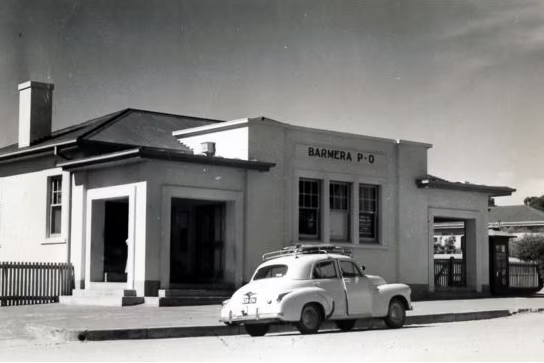
Confidentiality was strictly enforced for all telephonists around the country.
“We had to sign a form before we even got our job that whatever we heard in the exchange stayed there,” Ms Hastwell said.
“If it was repeated, we’d lose our job.”
The busiest times spent in the exchange included many Christmas and Easter holidays, with line bookings often full in advance.
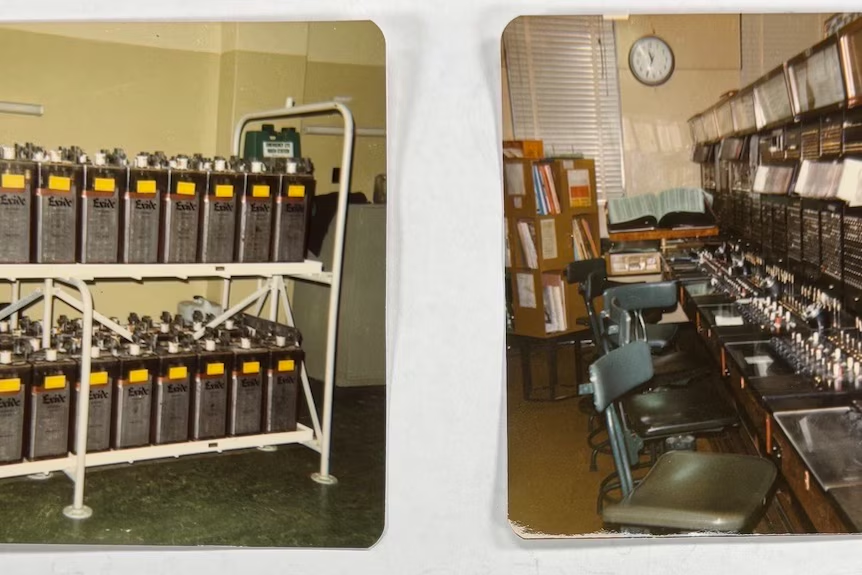
“On Christmas Day everyone had to work. It was only maybe three or four hours, but all the girls were rostered on,” Ms Hastwell said.
“I can still remember when Cyclone Tracy hit. People were waiting to get calls through.”
Transition to modern technology
With technology upgrading as the years went by, the need for manual telephone exchanges dwindled until telephonists were no longer needed.
“Technology has just gone way beyond me,” Ms Hastwell said.
University of New England research services director Faraz Hasan said while the exchanges had “changed shape” with the modernisation of technology, they still existed today.
“An operator would require a directory and they’d look up in a table my intended telephone code,” he said.
“All those steps still exist today, but they will be done through what are known as networking protocols.
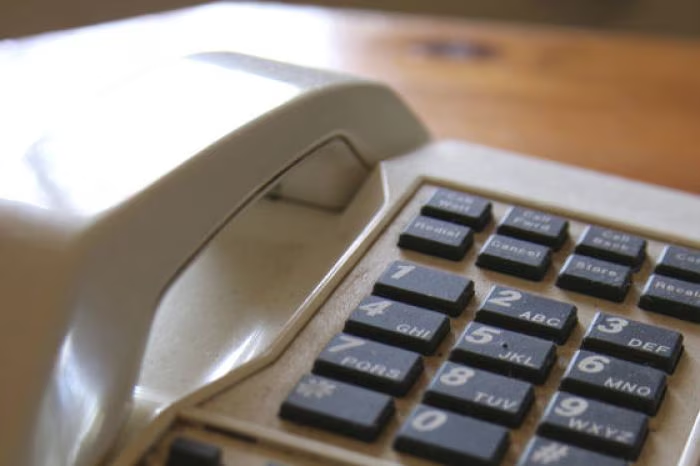
“We will continue to require [exchanges] as long as we are communicating over telephones.”
Dr Hasan said telephonists played a crucial role in the evolution of telecommunications.
“Back in the day someone had to manually connect these telephones together. Without that circuit, communication over telephones cannot take place,” he said.
“It is fascinating to appreciate that this technology was set up in the regional and rural areas which was the need at the time.”
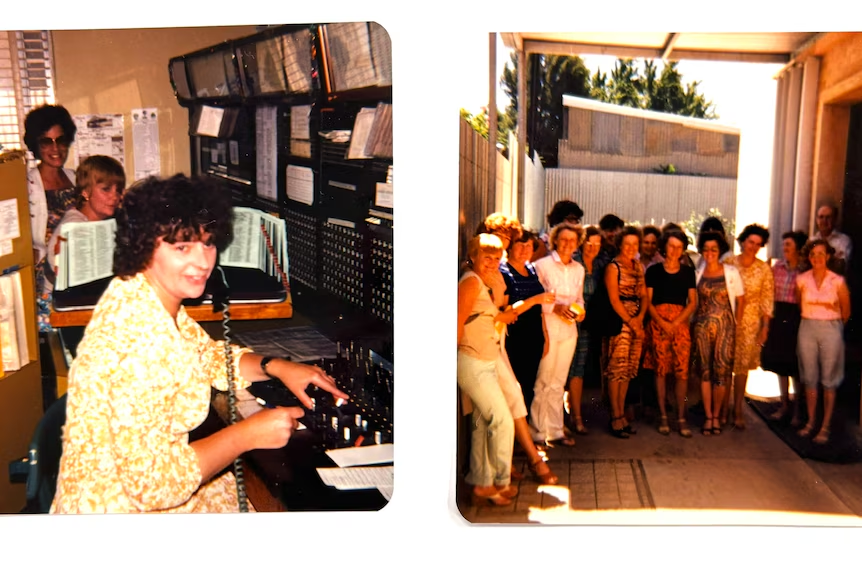
Statue? Girls to reunite
Some of the Statue? Girls have died in years gone by, but Ms Hastwell said she still kept in touch with many she worked with.
She said she was hopeful those remaining would come back together for a reunion in March, 43 years since the Berri exchange closed.
“We had about 30 girls and that included the supervisors as well as the telephonists,” she said.
“[We had] very memorable occasions and things that we used to get up to as girls.”
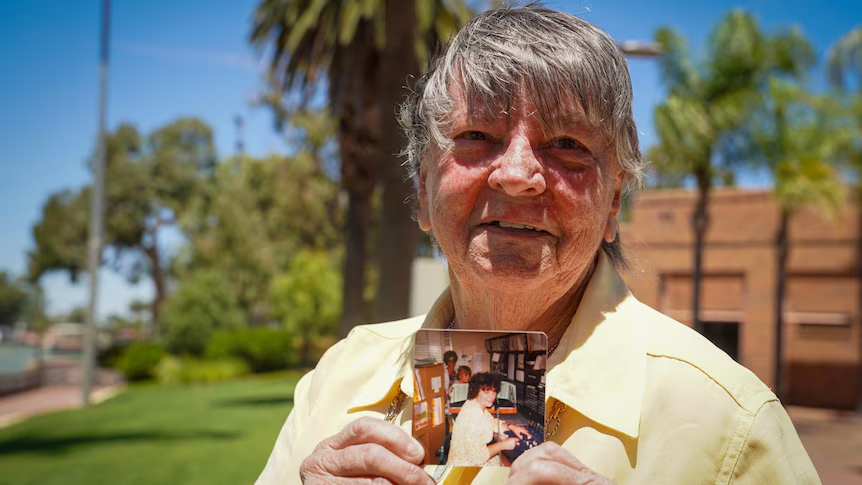

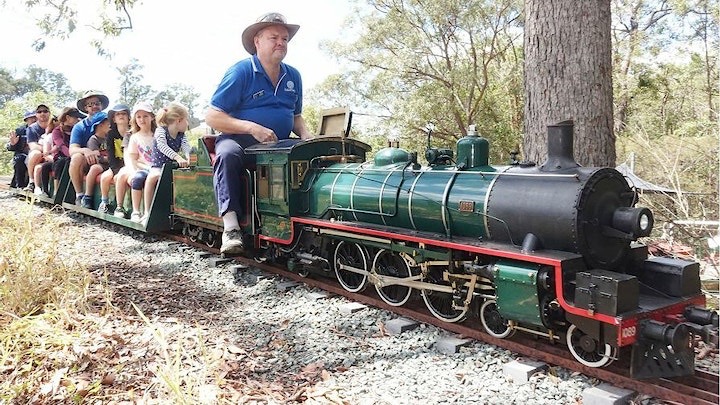

How exciting myst it have been for the people of Berri when they could use a phone. My mother once told me years ago they used a single line across multiple properties so if you wanted to make a call you had to wait until the neighbour had finished. You could also hear the neighbours conversation.